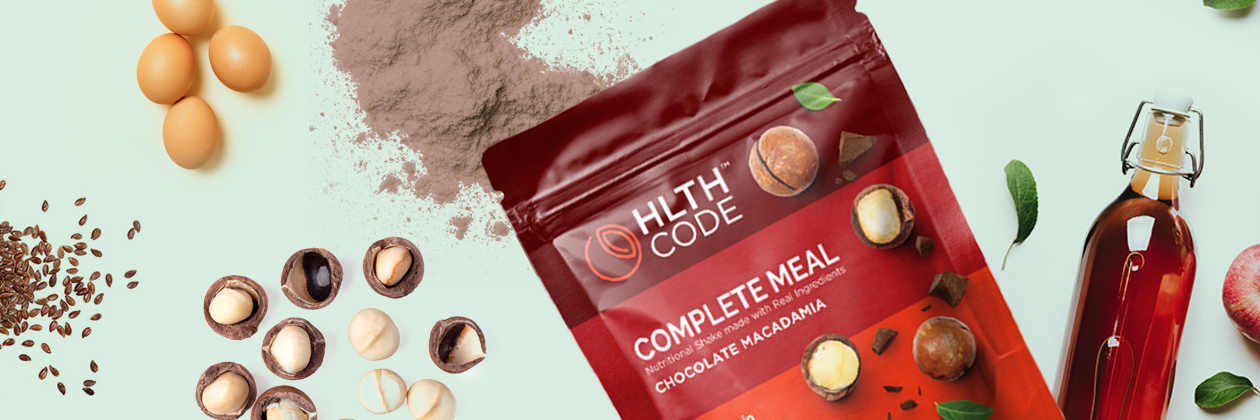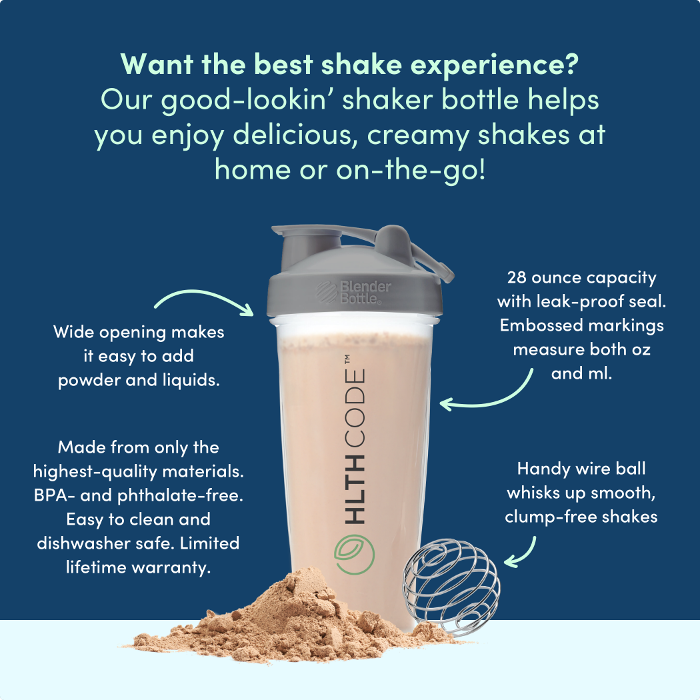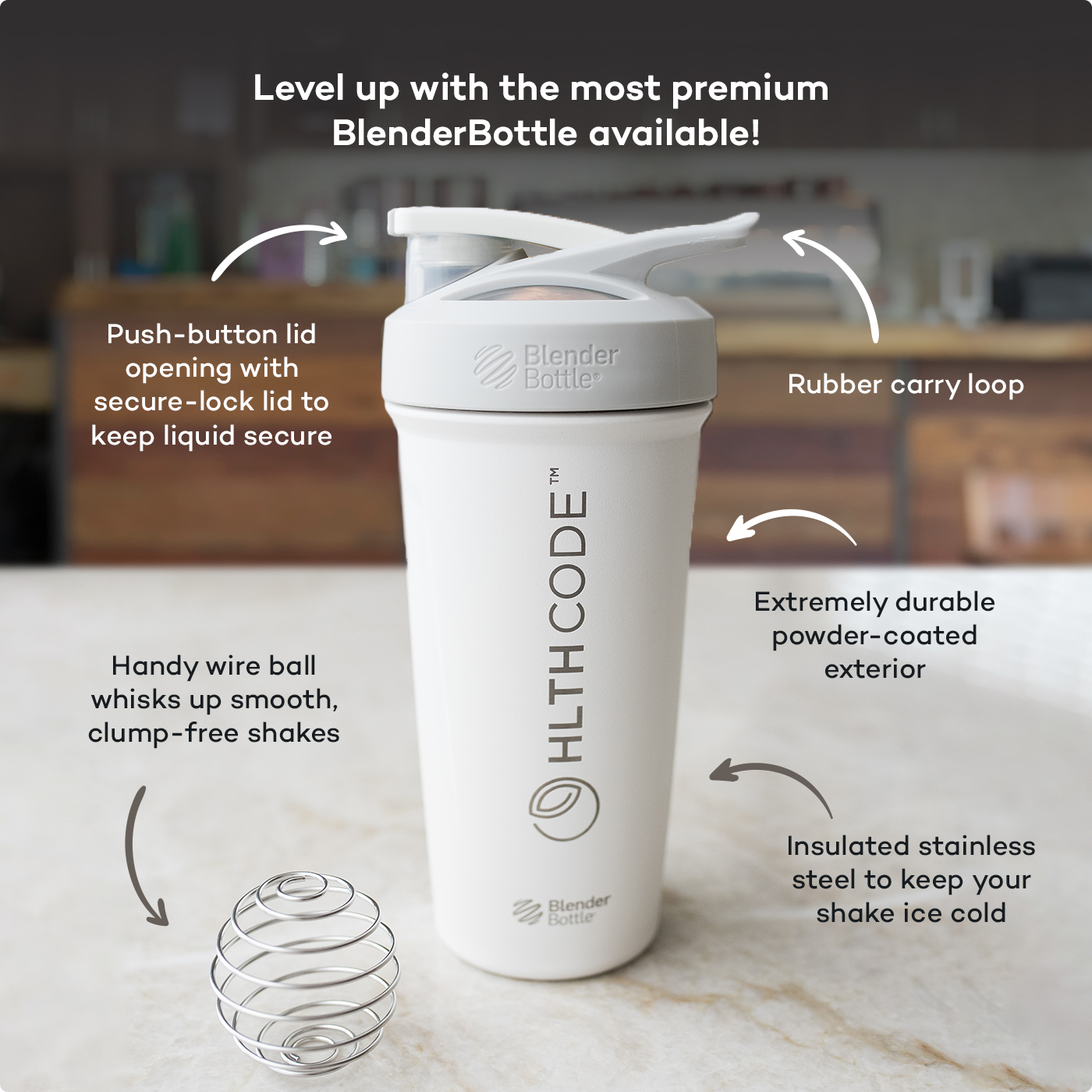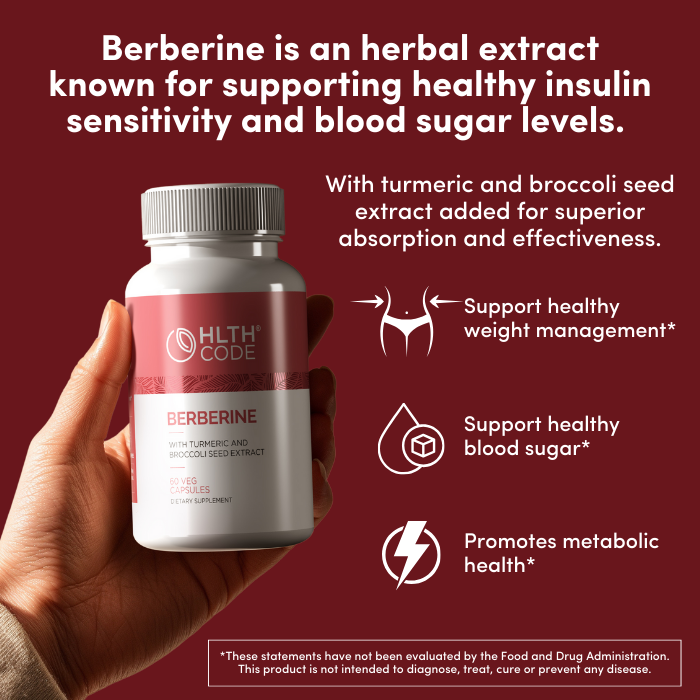How to Build a Long-Term Emergency Food Supply?
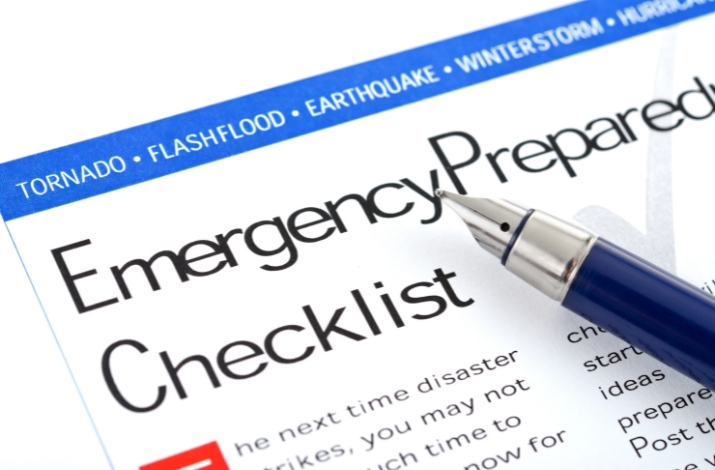
Building a sustainable emergency food supply ensures peace of mind when disruptions hit. By focusing on nutrition, shelf life, and self-reliance, you’ll create a system that sustains you and your loved ones during prolonged crises. Here’s how to do it right.
The Value of Long-Term Food Security
Building a reliable Emergency Food Supply is more than just a smart precaution-it’s a commitment to your health, safety, and peace of mind in uncertain times. Whether you’re preparing for natural disasters, supply chain disruptions, or long-term self-sufficiency, this guide will walk you through every essential step.
Common Disruptions That Threaten Food Access
From extreme weather events and pandemics to political instability or economic downturns, emergencies often strike without warning. Grocery store shelves can empty within hours. Having a long-term Emergency Food Supply ensures you and your family remain nourished and self-reliant when outside resources become unavailable.
Foundational Goals for Emergency Planning
To build an effective emergency reserve, keep these primary goals in mind:
1) Nutrition: Your food supply should provide complete and balanced nutrients to maintain energy and health over long durations.
2) Shelf Life: Focus on foods that are formulated or preserved to last months-or even years-without spoiling.
3) Self-Reliance: A well-planned food cache reduces dependence on external aid and allows you to manage emergencies independently.
Strategic Planning for Your Emergency Food Supply
How to Calculate Daily Needs for Your Household
A solid rule of thumb: plan for 2,000–2,500 calories per adult per day. Multiply that by the number of people in your household and the number of days you want to prepare for (30, 90, 180 days, etc.).
Balancing Nutrients for Long-Term Wellness
Don’t just count calories – quality matters. Your Emergency Food Supply should include a balance of proteins, healthy fats, and low glycemic carbohydrates, along with essential vitamins and minerals to maintain immunity, brain function, and metabolism.
Customizing for Diets, Allergies, and Preferences
Food you won’t eat is wasted storage. Always consider allergies, intolerances, and preferences. If someone in your household is vegetarian, diabetic, or gluten-sensitive, their needs must be accounted for from the beginning.
Choosing the Best Emergency Food Types
Why Freeze-Dried and Dehydrated Meals Work
These are lightweight, space-efficient, and retain most nutrients when properly rehydrated. They often require only hot water to prepare, making them ideal for emergency conditions.
Long-Shelf-Life Meals
Long-shelf-life foods offer a practical solution for maintaining nutrition on busy days. Choose options packed with essential nutrients – not just calories – to support your health goals without sacrificing convenience.
Including Quality Proteins and Healthy Fats
Protein supports muscle maintenance and immune function, while healthy fats fuel long-term energy. Include nut butters, shelf-stable meats, powdered eggs, and protein shakes that don’t require refrigeration.
Packaging Methods That Maximize Shelf Life
Top Storage Containers for Longevity & Safety
Storage is as crucial as the food itself. #10 canisters – the food storage Gold Standard – are engineered for durability and long-term preservation: sealed airtight with oxygen absorbers, lined with a food-grade protective coating, and built to withstand decades of storage without degradation.
Use the First-In-First-Out Rule to Stay Fresh
Even the best-preserved foods degrade over time. Practice FIFO: use your oldest items first and replace them with newer ones. Rotate your supply annually and review inventory every six months.
As a Final Observation
A long-term Emergency Food Supply isn’t just insurance against disaster-it’s a tangible step toward self-sufficiency and resilience. By planning wisely and choosing nutrient-rich foods, you’ll ensure that you and your loved ones are ready for whatever comes next.












